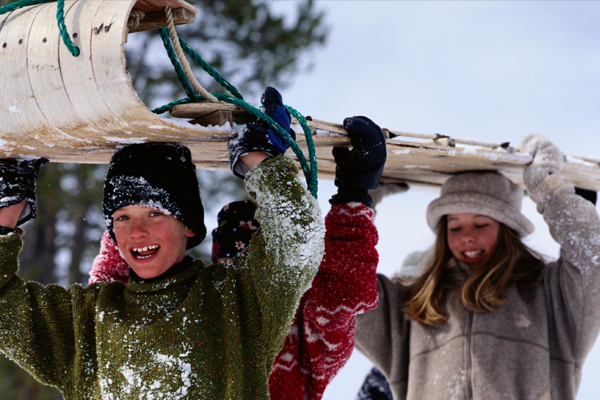
Baby, it's cold out there. Let’s talk about cold-related injuries—including frostbite, hypothermia and carbon monoxide (CO) poisoning—and how to be prepared for those bitter cold days ahead. Certain conditions put some people at greater risk for cold-related Injuries, so, to start, be mindful of the following:
- The elderly and very young are less able to compensate in cold environments.
- Shut-ins, typically the elderly, may have limited contact with the outside world, and their homes may be poorly or improperly heated. Some even resort to dangerous methods of heating, such as space heaters or gas stoves, ovens or grills that can lead to CO poisoning.
- Excessive alcohol use and recreational drugs predispose many to cold injury and illness because of the negative effects on their brain, heart and circulation, not to mention impaired judgment!
- Chronic medical diseases that affect the body’s ability to maintain heat and healthy circulation, including those with weakened immune systems.
- Becoming stranded in a vehicle during a winter snow storm.
FROSTBITE is a “limb-threatening” external injury and typically involves unprotected and exposed skin areas like the face, ears, hands and fingers, feet and toes. When outdoor temps fall below 10°F and winds exceed 10 mph, the risk of frostbite significantly increases. Prolonged exposure causes the tissue of the body to cool down and eventually freeze. The results: profound deprivation of blood flow with essential oxygen and nutrients and eventually death of tissues. Frostbite can result in permanent disability or amputation of the body part. Frostnip or chilblains represents similar injury but to a lesser extent and is easily treated with gentle, active rewarming.
TREATING FROSTBITE should focus on removing the person from the source of cold as quickly as possible, gently remove wet, damp outerwear or constricting clothing and begin active and gentle rewarming. If possible, immerse the affected body part in warm water at 104°F for 20-30 minutes, but if you truly suspect frostbite then get the person to the emergency department immediately.
HYPOTHERMIA is a “life-threatening” internal injury. This condition may occur rapidly, such as when someone falls through the ice into freezing water, or it may present slowly and deceptively. The end result is a dangerous drop in the body’s core temperature, slowing all body functions to an unsustainable level to maintain survival if not immediately corrected. Measuring these low temperatures may be difficult or impossible to perform using a standard thermometer.
TREATING SUSPECTED HYPOTHERMIA starts with removing the person from the dangerous environment and restoring safe and effective heat. Signs and symptoms of hypothermia are alterations in mental status—such as confusion, disorientation, acting strange or unresponsive—slowed heart rate, respirations and low blood pressure. Coma is a precursor to sudden death. The most appropriate place for hypothermia victims is the nearest emergency room. Avoid submersion in warm liquids. Instead, use dry heat after removing wet outerwear and handle the victim gently. Rough handling may throw victims into cardiac arrest.
Tips for Staying Safe in the Cold
- Plan. Plan outdoor activities around weather conditions and consider health status.
- Calories Count. Stay hydrated and nourished before, during and after outdoor activity.
- Cover Up. Protect exposed and vulnerable parts of the body.
- Take a Break. Regular warm-up breaks indoors as needed to avoid over-exposure. Know your limits.
- Safe Heat. Seek advice and assistance from local heating and energy companies when needed.
- Know the Signs: Ask your doctor if your heart is healthy enough to shovel snow. Learn to recognize signs and symptoms of a heart attack.
- Be a Good Neighbor: Check-in on the safety of shut-ins and neighbors during extreme cold conditions.
- Supervise: Safe supervision around lakes, rivers, ponds and streams.
- Travel Safe: Carry an emergency winter travel kit in your vehicle.
Stay warm, stay safe and enjoy the winter season!